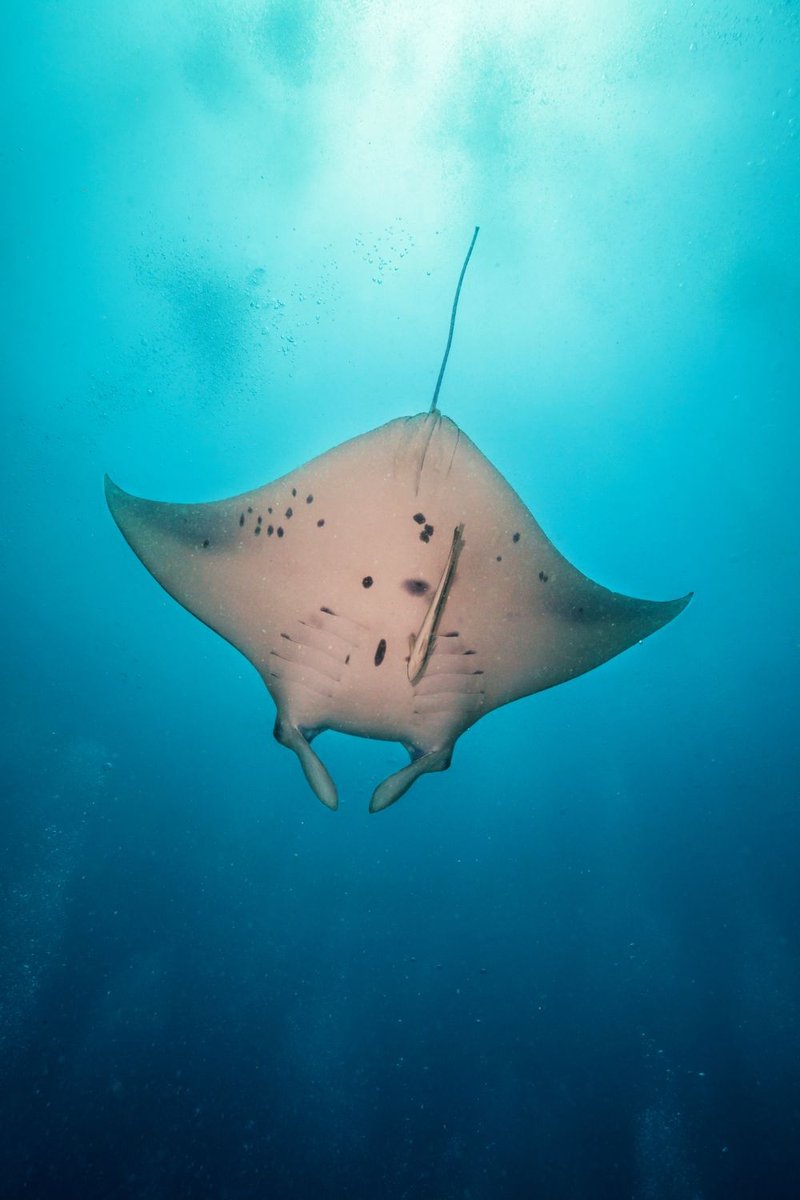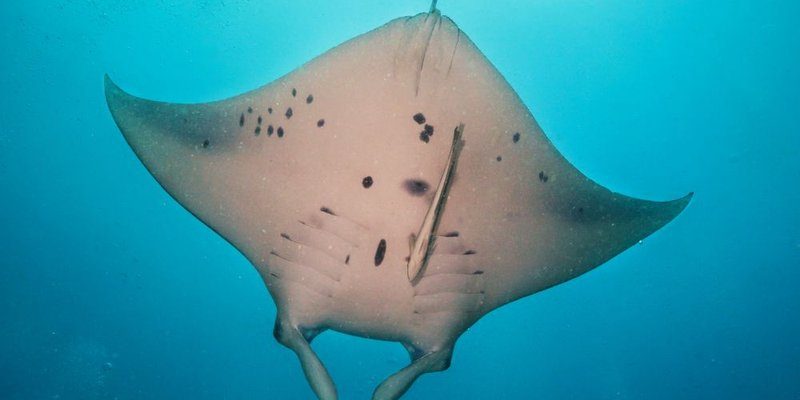
Just like a candle flickering in the wind, manta rays are vulnerable to numerous threats, both natural and human-made. From fishing practices that threaten their populations to environmental changes, understanding these challenges is crucial for their survival. In this article, we’ll explore the common threats to manta rays and why it’s important to protect them. Imagine you’re sipping a coffee with me, and we’re diving deep into the ocean to uncover what’s happening beneath the waves.
1. Overfishing and Bycatch
One of the biggest threats to manta rays comes from overfishing. As demand for seafood rises, fishing practices become more aggressive. While manta rays are not typically targeted directly for their meat, they often become victims of bycatch—the unintentional catch of non-target species during commercial fishing. Imagine fishing nets dragged through the water, catching everything in their path, including manta rays. This can lead to injuries and even death.
Bycatch affects manta rays significantly because they usually inhabit the same areas as popular fish species. When fishermen use nets and lines, manta rays can easily get entangled. The result? Injuries from the gear, or worse, drowning. This unintended consequence can decimate their populations, making it crucial for regulations to limit bycatch and promote safer fishing practices.
2. Habitat Loss
Just like people need homes, manta rays rely on specific environments to thrive. Unfortunately, habitat loss is a significant threat. Coastal development, pollution, and climate change are eroding their natural habitats. For instance, many manta rays migrate between feeding and breeding grounds, and when coastlines are developed for tourism or residential use, these travel routes can be disrupted.
Additionally, damaging activities like dredging and pollution can destroy the coral reefs and other crucial ecosystems that manta rays rely on for food. These rays primarily feed on tiny plankton, which thrive in clean, healthy waters. Without these habitats, mantas can struggle to find food, further endangering their survival.
3. Climate Change
Climate change affects manta rays in several direct and indirect ways. Rising ocean temperatures can lead to the bleaching of coral reefs, which not only affects the food supply for manta rays but also the ecosystems they inhabit. Think of coral reefs as underwater cities—when they die off, the entire community feels the impact.
Moreover, climate change causes ocean acidification, making it harder for marine life to thrive. Manta rays and many other species face increased stress due to changing environmental conditions. As these conditions become less hospitable, manta rays may have to migrate further in search of suitable habitats, leading to more encounters with boats and fishing gear.
4. Marine Pollution
Manta rays are also at risk from marine pollution. Plastics, chemicals, and other debris in the ocean can be deadly. Imagine a manta ray mistaking plastic for food; ingesting it can lead to serious health problems. Similarly, chemicals in the water can accumulate in their bodies, impacting their reproductive health and overall well-being.
Polluted waters can also affect the availability of plankton, their primary food source. When pollution disrupts the food chain, it can make it difficult for manta rays to find enough to eat, affecting their populations and health.
5. Shark Finning and Illegal Trade
Another alarming threat comes from the practice of shark finning and the broader illegal wildlife trade. Often, manta rays are caught in the same nets as sharks, and their gill plates are highly valued in certain cultures for their supposed health benefits. This illegal hunting puts immense pressure on manta populations, as these animals are typically slow to reproduce.
When we lose apex predators like sharks, it creates an imbalance in the ocean’s ecosystem, indirectly affecting manta rays. Less shark population means more small fish and less clean water, which can lead to increased competition for the manta’s food source. It’s a cycle that underscores the interconnectivity of ocean life.
6. Boat Strikes
If you’ve ever been on a boat, you know how fast they can move. Unfortunately, boat strikes are a common threat to manta rays. Because they often swim near the surface, they can easily be struck by boats. These collisions can cause severe injuries that may not always be survivable.
Here’s the thing: as tourism and commercial boating increase, so does the risk for these gentle giants. As they interact more frequently with human activities, the chances of boat strikes rise. Raising awareness about their presence and creating safe passage routes can help mitigate this danger.
7. Climate Resilience and Conservation Efforts
Despite these threats, there’s hope. Many organizations are working tirelessly to protect manta rays through conservation efforts. Efforts include establishing marine protected areas (MPAs) and enforcing regulations on fishing practices. These initiatives create safe havens for manta rays, allowing populations to recover and thrive.
Education is also vital. By raising awareness about the importance of manta rays in our oceans, we can foster a sense of responsibility. Simple actions, like reducing plastic consumption and choosing sustainable seafood, can contribute to their protection. It’s like being a good neighbor to the ocean—small changes can make a big difference.
8. The Importance of Manta Rays
Manta rays are an essential part of ocean ecosystems. They help maintain healthy marine environments by controlling plankton populations. When we protect them, we are also protecting the entire ecosystem in which they live. Understanding the threats they face is the first step towards meaningful change.
So, why should we care? It’s all about balance. Healthy oceans contribute to our planet’s overall health, and manta rays play a part in that. By supporting conservation efforts and being mindful of our impact on the ocean, we can ensure that these magnificent creatures continue to glide gracefully through our waters for generations to come.
In essence, knowing the common threats to manta rays is vital. By raising awareness and taking actionable steps, we can help safeguard these incredible animals and the delicate ecosystems they inhabit. Together, we can make a difference!

